ALL-IN: Inside The New IWC Manufakturzentrum
1 October 2018After only 21 months of works nearby Schaffhausen, IWC’s new Manufakturzentrum was completed: a total surface of 13.500 m2 hosting about 240 workers. We visited it, and even flew over it on board of the Junkers JU 52/3M owned by the Swiss Maison.
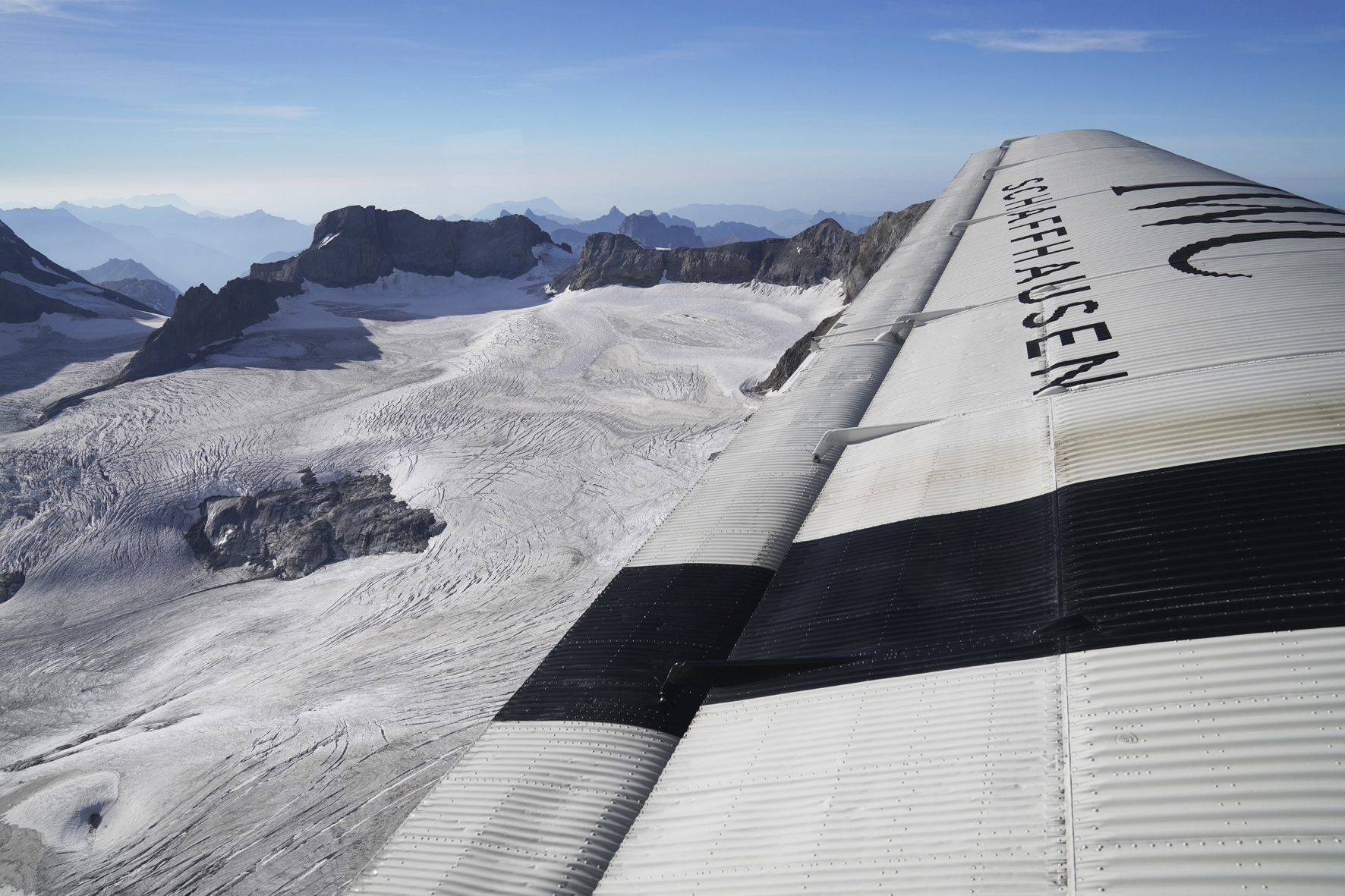
Architect Christoph Grainger-Herr, IWC Schaffhausen’s CEO, personally designed and directed the works for the new center – a building which perfectly embodies the brand’s spirit. The project brings together the traditional craft of watchmaking and modern production techniques and technology; the state-of-the-art turnery and milling workstations guarantee the highest quality and precision in the production of cases and other components. The assembling of the manufactured movements – as the Perpetual Calendar’s caliber 52000, or the Chrono’s caliber 89000 and the Tourbillon’s 59000 – is made by hand. Thanks to the watchmakers’ expert hands in combining all those elements, the pulsation of these magnificent timepieces’ mechanical hearts is, almost magically, triggered.
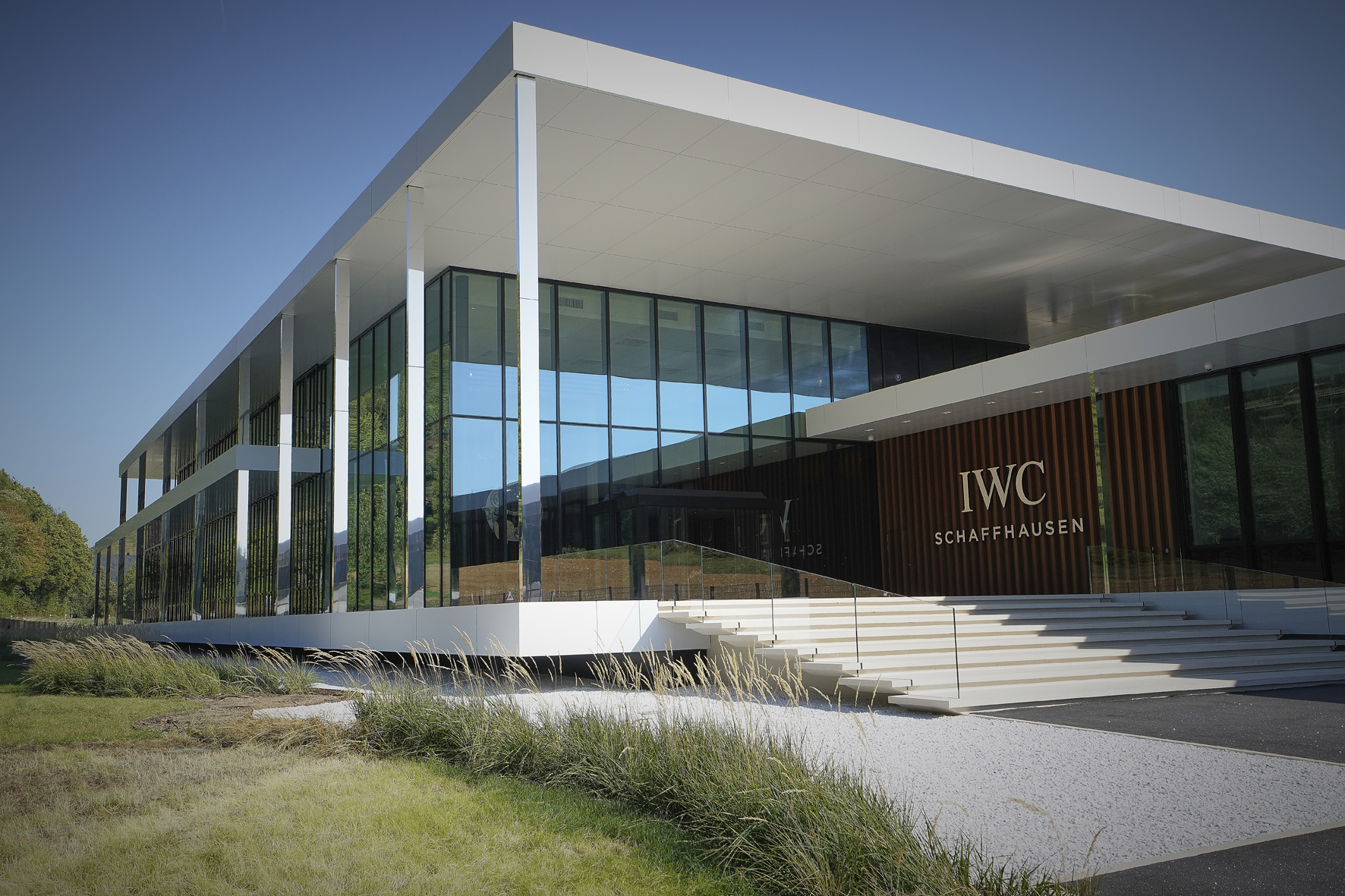
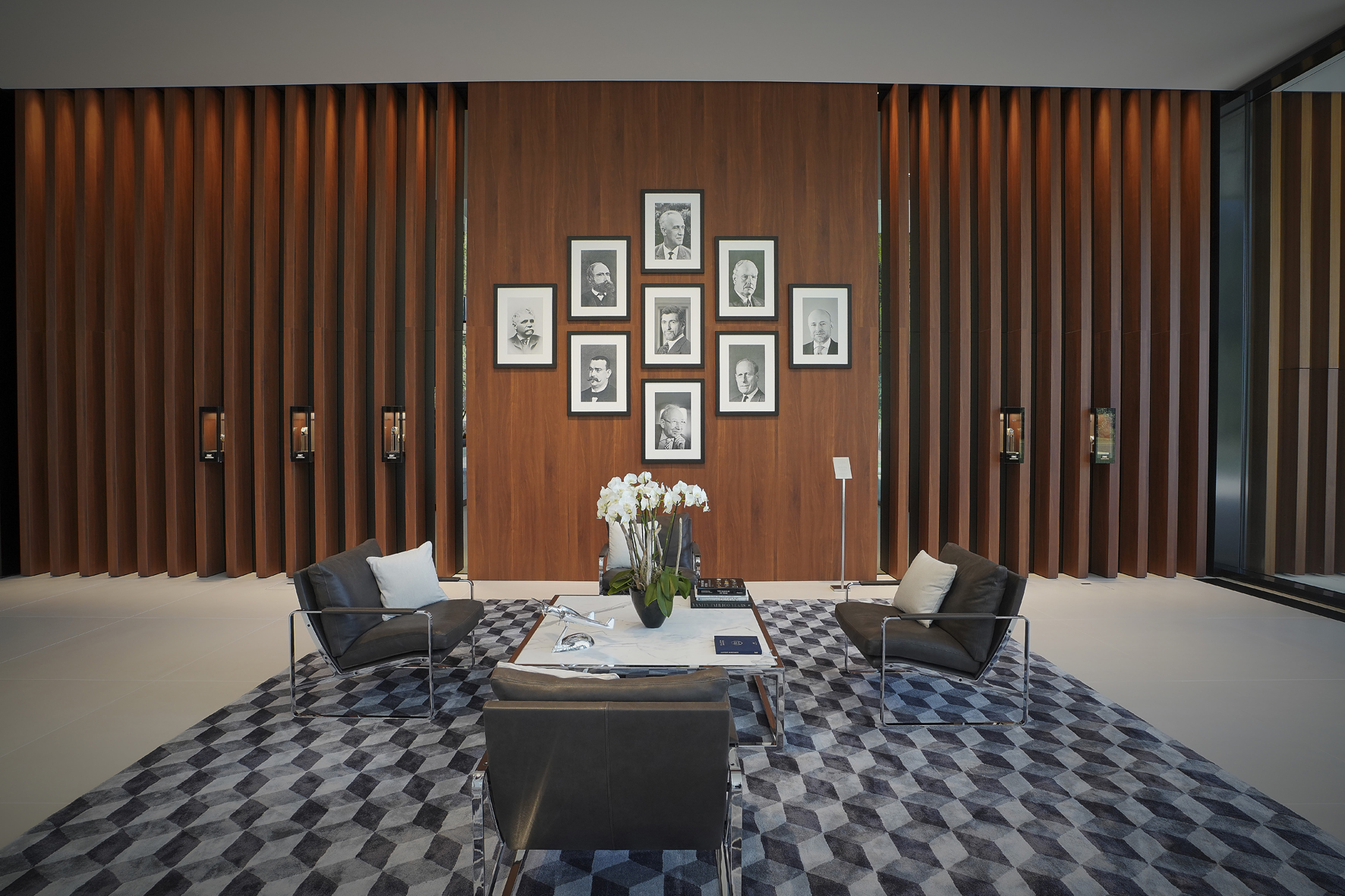
The project put Architect Christoph Grainger-Herr, IWC’s CEO, in front of many challenges, even before the construction work began. The result – which we saw with our own eyes – is excellent, and was made possible also thanks to the contribution and advice of IWC’s collaborators, who identify themselves with the new building. Glass surfaces with dark profiles, bright white platforms creating a clear chromatic contrast: the same features characterising many IWC dials. Wood is the main component in the central part of the building, characterised by the warm tints of the stone floor, symbol of luxury and attention to detail. All around, a “colder” environment – as a sort of laboratory – characterise the production area.
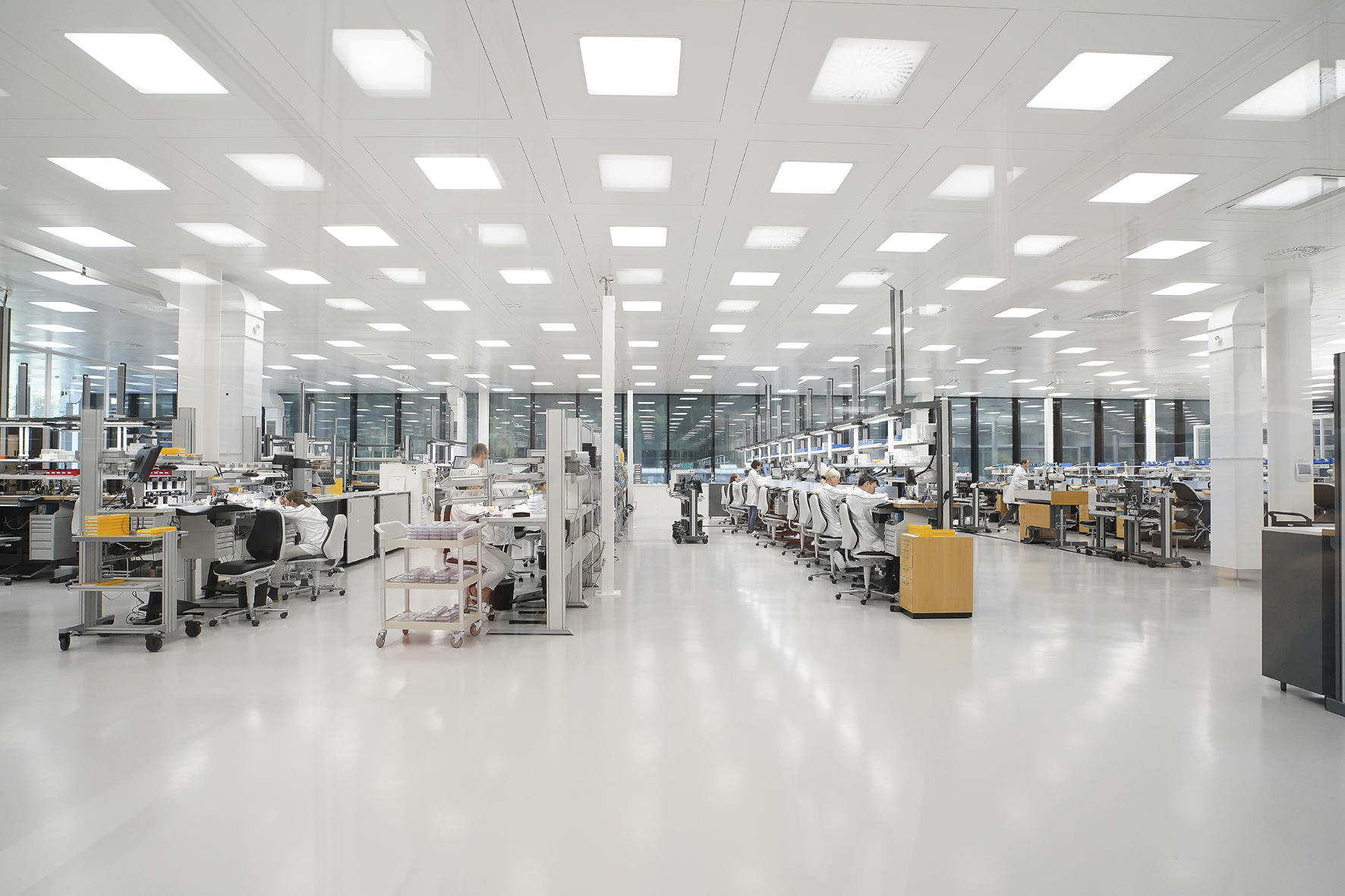
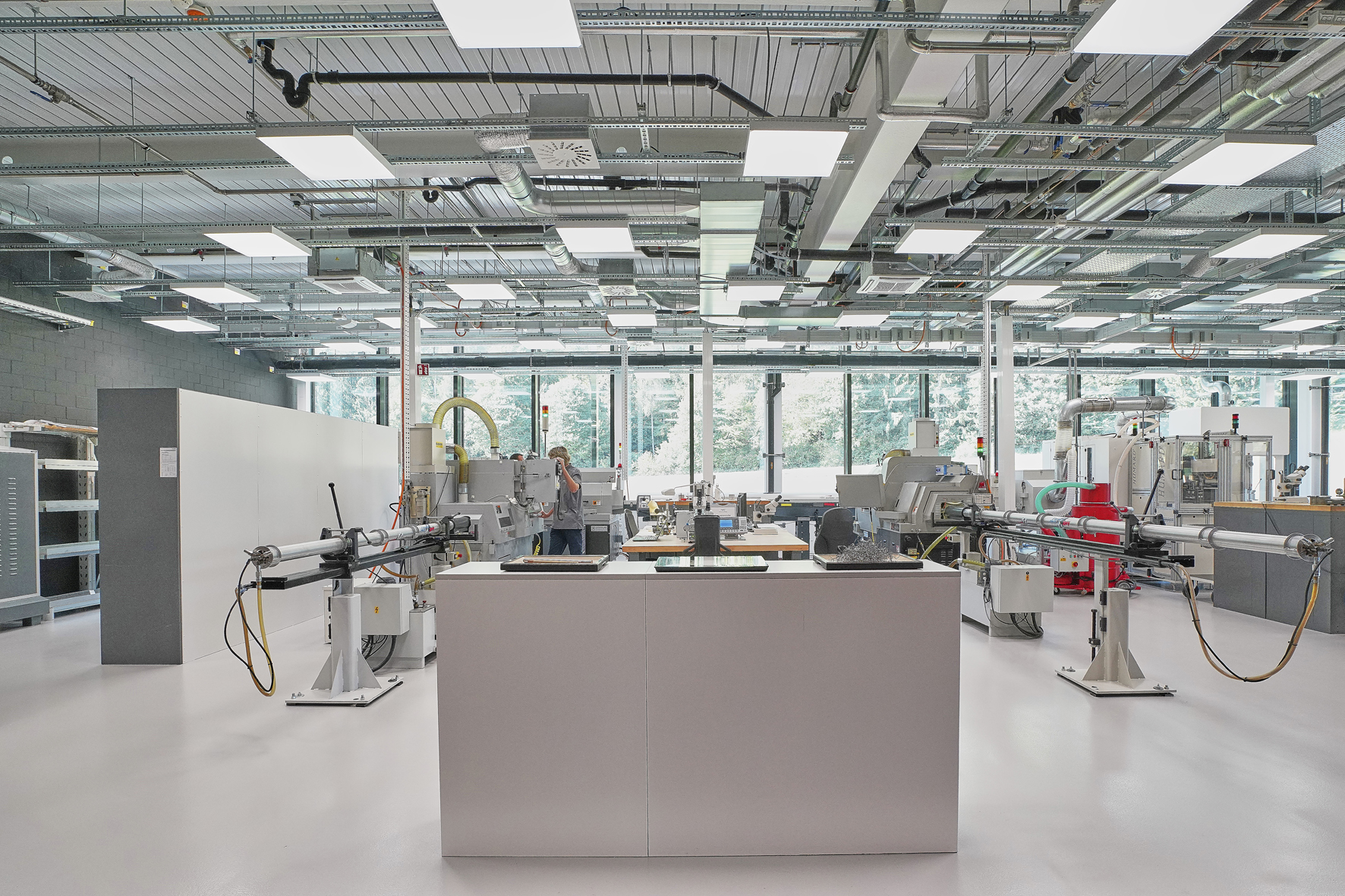
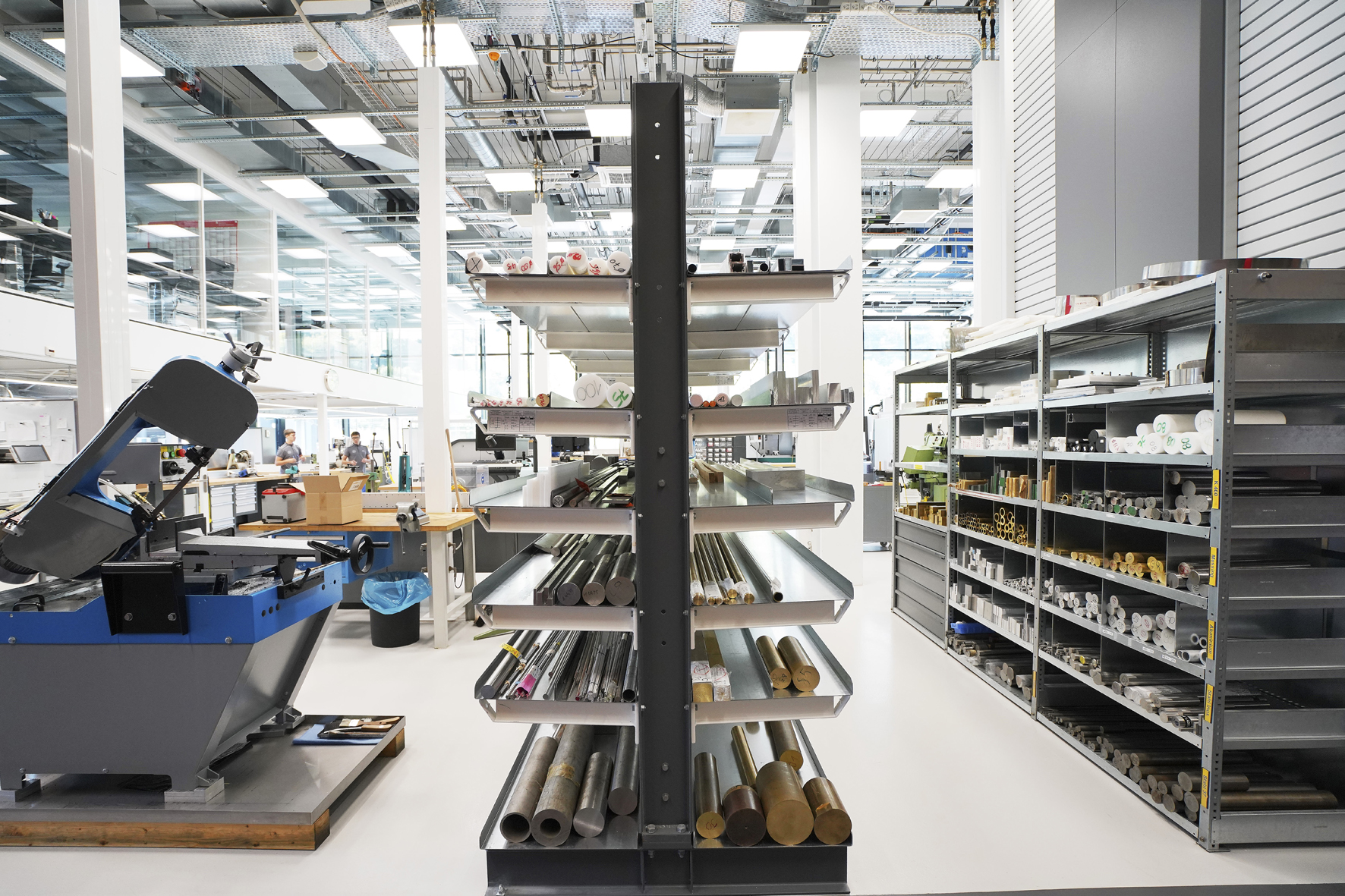
After a walk across the impressing hall, with its 9-meter high ceiling, you enter the components production area. Here, about 1.500 pieces are made, such as the plates, bridges or oscillating masses, but also tiny components such as the pivots, springs or kinematic elements. Some are so tiny that they are almost invisible to the naked eye. The making of the complications’ components for the Perpetual Calendar, the Annual Calendar, and the Tourbillon also takes place in this area.
The production process is particularly complex when it comes to the engraved components. In the first phase, for example, the barrel bridge is entirely plated with gold and the engraving is covered by a layer of paint. After being processed in Côtes de Genève, the components are immersed in a rhodium solution and the remaining paint is cancelled during the washing stage.
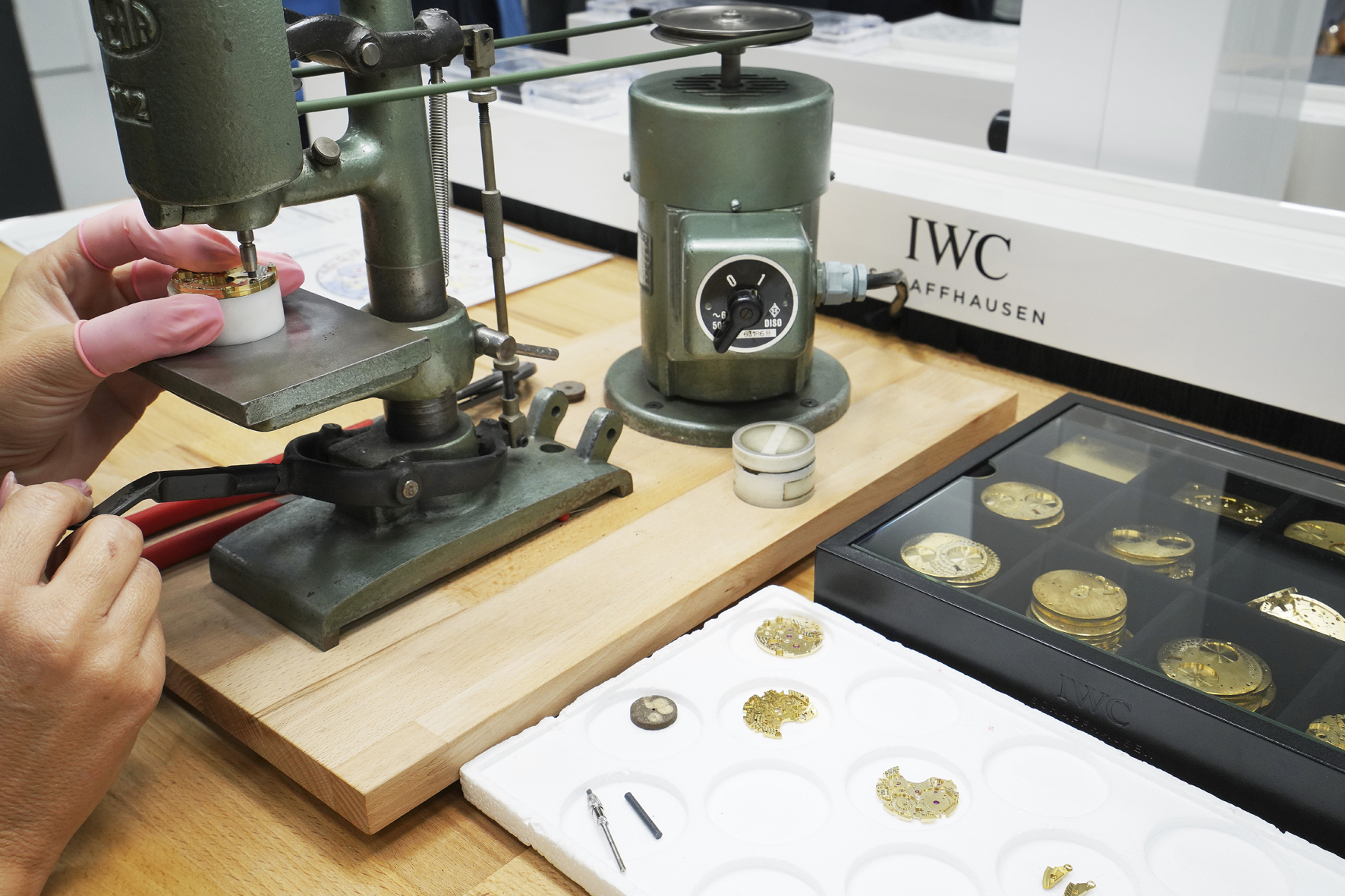
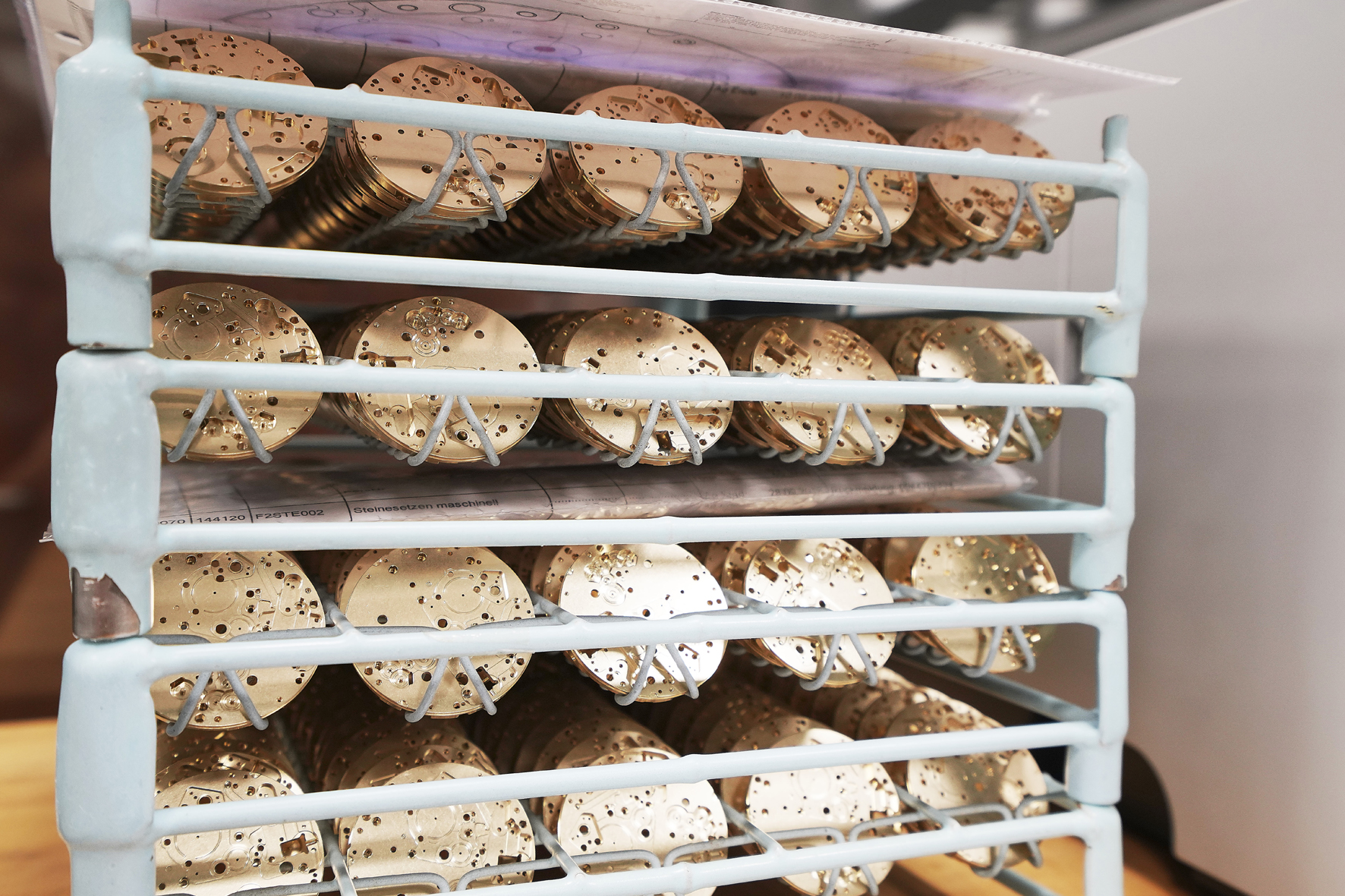
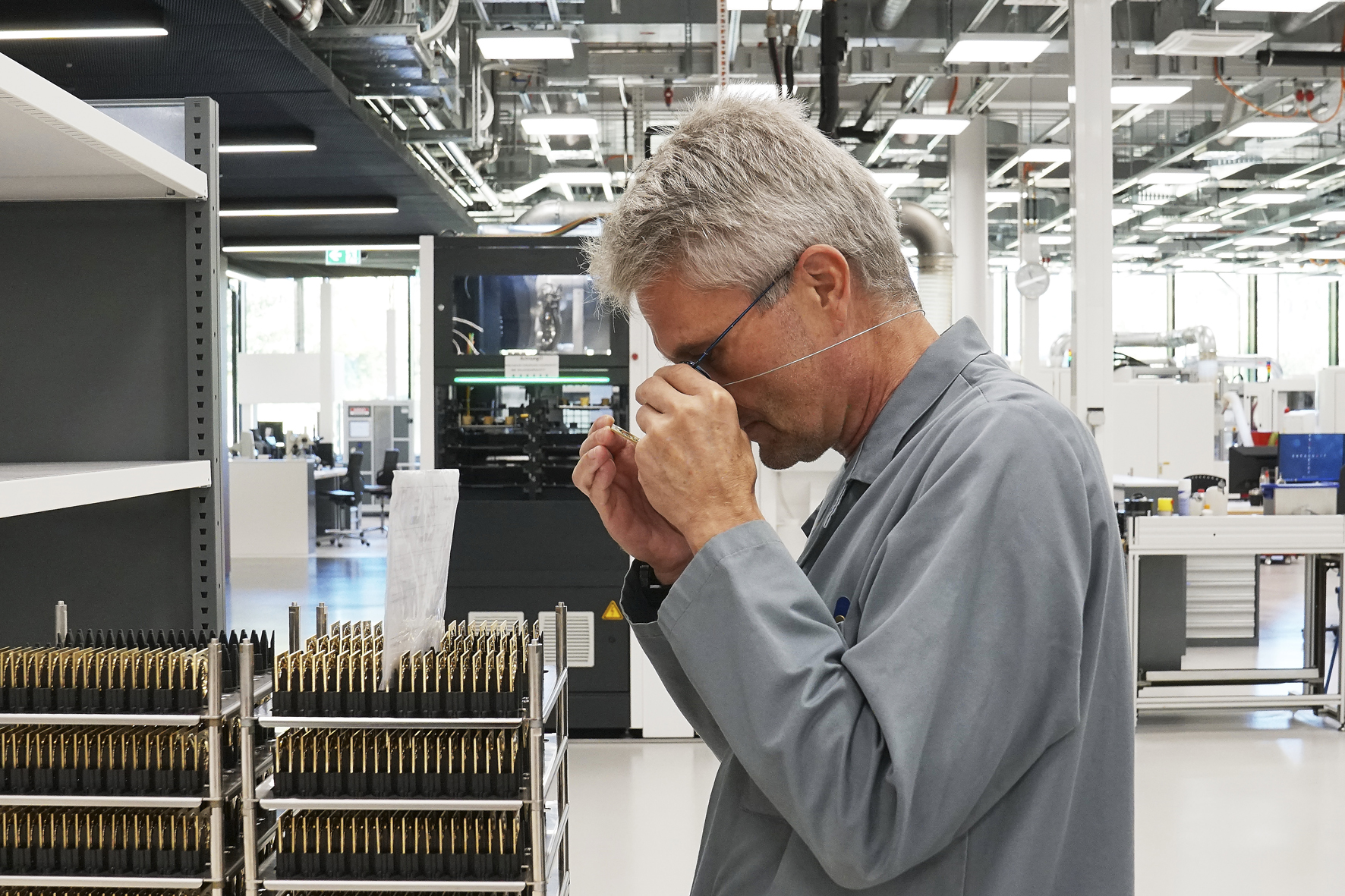
Diligent handwork during the assembling of the manufactured calibers, contrasting with the high level of automation characterising the components’ production. A concept, based on avisionary idea by F.A. Jones, was developed for the assembling of the components and further improved: by dividing the assembling process in different stages, it is possible that every operation be realised by a specifically-skilled specialist.
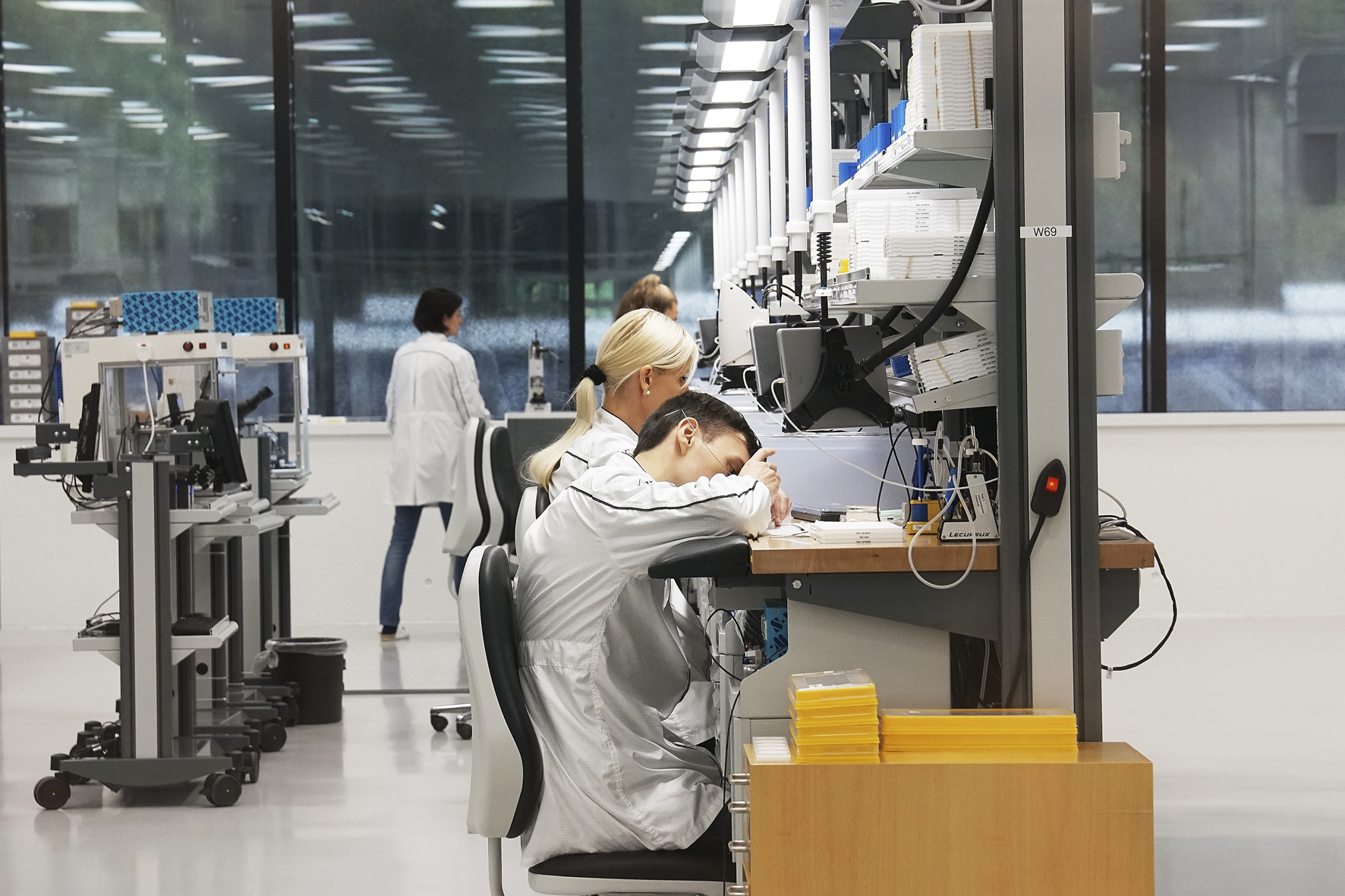
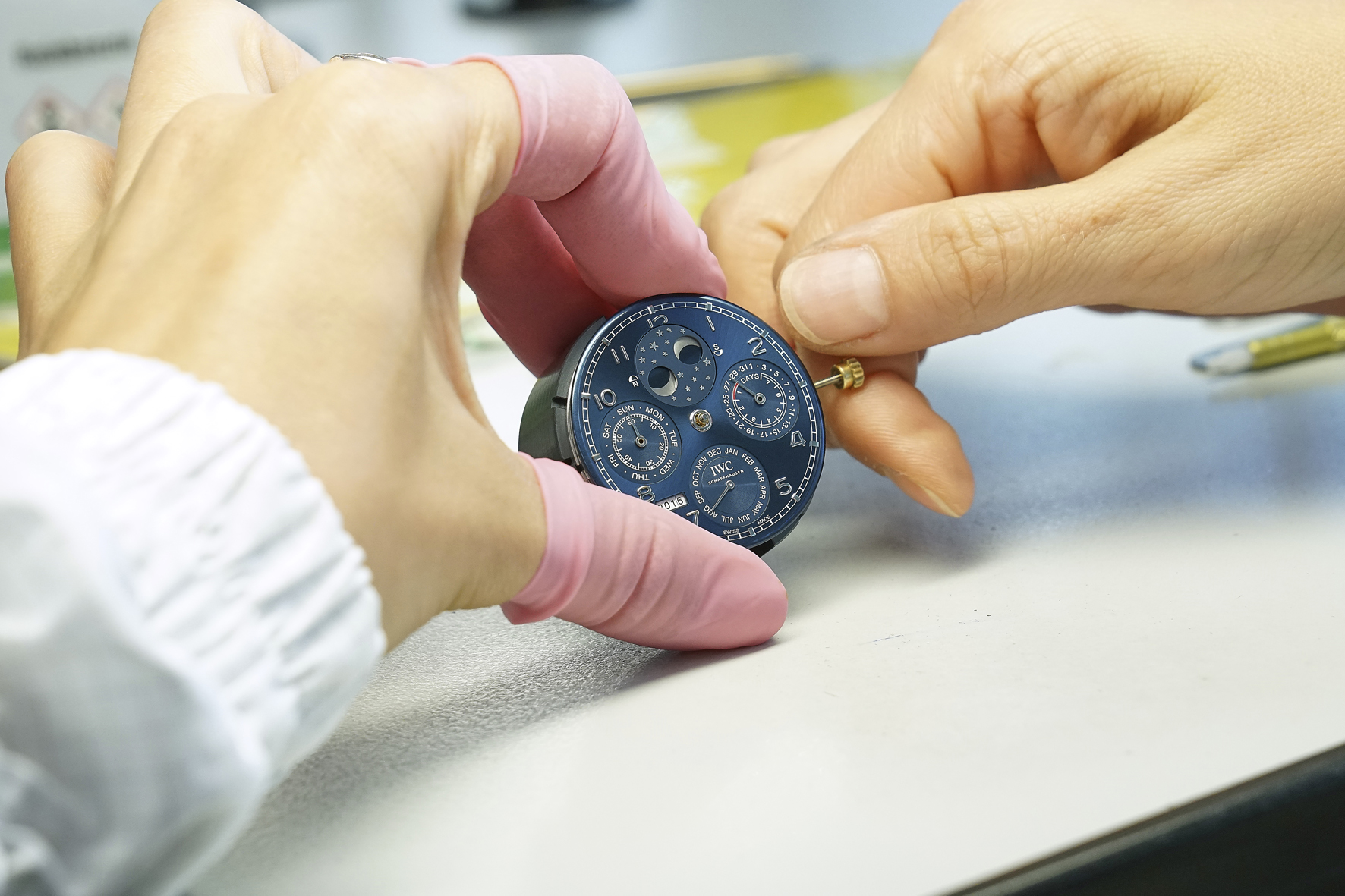
We end our visit in the Manufakturzentrum basement, where the cases are produced – made of precious metals: titanium, platinum, red gold, white gold and bronze. Since the 80s, IWC gradually acquired a complete knowhow regarding the case materials, which are the more difficult to produce. The latest innovation on this side is Ceratanium®, a revolutionary material for the case, which boasts titanium’s qualities of unbreakability and lightweight, and ceramic’s solidity and scratch resistance.
By Valentina Dalla Costa
